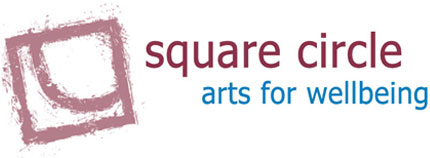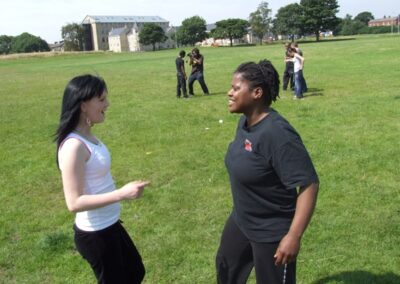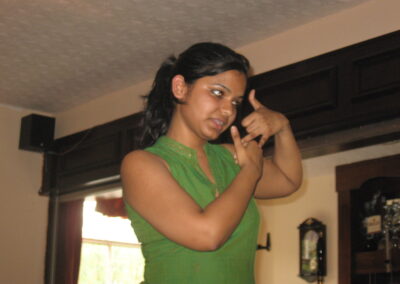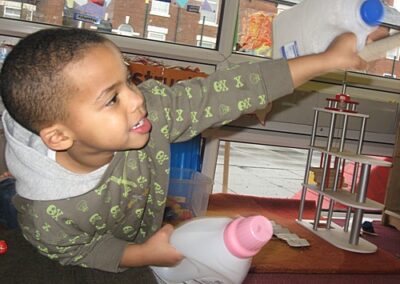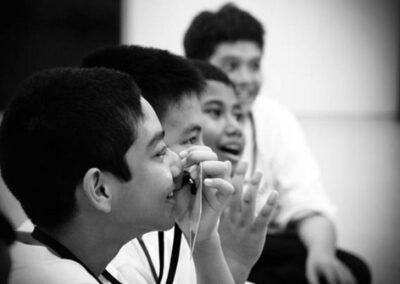Shuna – About Me
I have spent twenty years designing and delivering creative workshops to socially excluded children and young people, as well as adults. After spending two years working with young people in East London and four years in marginalised South American communities, where I trained with Theatre of the Oppressed in Rio de Janeiro, I returned to Yorkshire in 2005 to complete a masters degree in Theatre and Development Studies. Since then, I have developed my practice in the participatory arts and development, working with many ethnically and socially diverse groups, including refugees and asylum seekers, youth offenders, learning disabilities, EAL children, looked after children, and children affected by domestic abuse. These have been in both a one-to-one and group capacity. Much of this work has been in schools, but I have also worked in informal education and community settings. Many of the children (and adults) I have worked with have experienced trauma and I therefore have a trauma-informed, flexible approach which gives control, ownership and choice over to them. Above all, I see relationship-building as key.
.
I have a diploma in child psychology and have trained with the Centre for Child Mental Health, using the arts to help children and young people to talk about feelings. I have also attended training courses on ACES (adverse childhood experiences), mental health awareness, domestic abuse, LGBTQ+, as well as in a range of drama and participatory arts techniques and approaches.
I am always looking for new ways to expand my professional development.
I love reading, swimming (especially outdoors), walking my greyhound, and generally being anywhere with my children. I am also in the middle of writing a children’s novel (about self-acceptance, power and creativity, of course) so watch this space!

Why use creative techniques to improve
well-being?
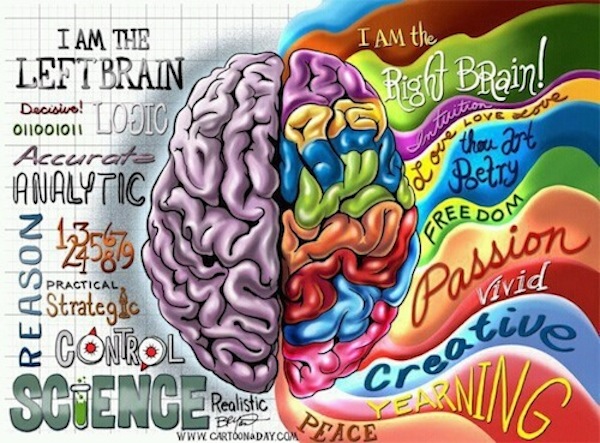
Creativity
Creativity resides in the right side of the brain which often holds things you can’t find words to. The arts can help children to express themselves where they don’t have the language or don’t want to talk, because often it is easier to show rather than tell.
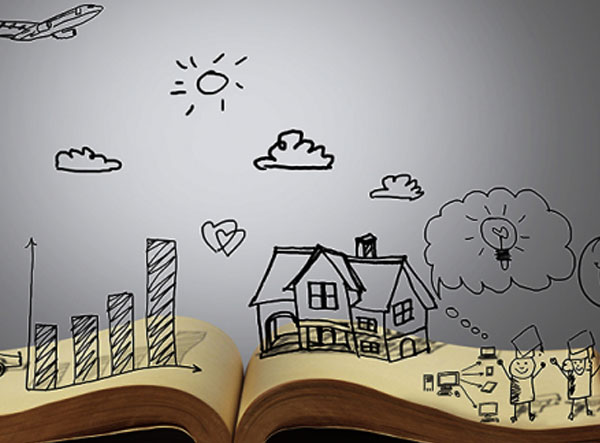
Stories
I use stories a lot in my work – usually by creating stories with the child or supporting the child to tell a story, often using pictures, puppets, sand play, or other play methods, but also by using carefully selected books to read. As well as being an essential tool for developing language and writing skills, stories can help the child understand and express feelings, develop self-awareness and empathy, and adjust to changes and cope with the problems in their lives (things happen in stories, emotions happen, they are named and experienced). Stories are a way of addressing sensitive issues indirectly, through metaphor. They build brain connections, the thinking – or rational – brain is developed, and it helps them make sense of their internal, and therefore external, worlds.

Drama
Drama integrates physical and emotional well-being, improving communication and interpersonal relationship skills, self-awareness, self-expression, and confidence. It gives the child ‘permission’ to feel their emotions, and to express them by ‘becoming’ the character. It can help participants to find new ways of approaching problems and come up with solutions.

Music
Rhythm, repetition and rhyme all help with emotional self-regulation (by calming and soothing the primitive brain which may be on high alert/have high levels of cortisol) as well as language for all children, but especially the young ones, those with SEN or those whose emotional development has been interrupted. Then they are more able to access the rational brain.
- We are giving them the opportunity to ‘play,’ which helps children to relax. When they are relaxed, this relaxes the fight-flight-freeze function of their brains (which is very active among children with ASD, children with poor mental health, or who have experienced trauma) so they can access their thinking brain more easily.
- The participatory arts are way for them to make emotional connections with adults and classmates
- We are giving them ownership and control (where they may feel powerless elsewhere), which increases confidence and emotional well-being.
- And countless other cognitive, social, and therapeutic benefits.
Examples of past work
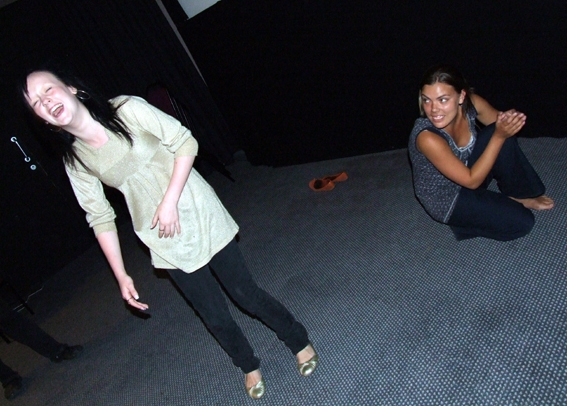
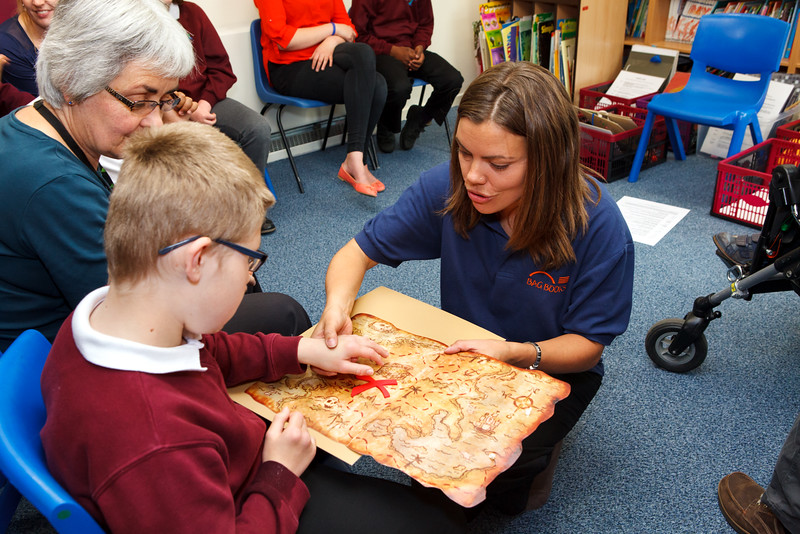
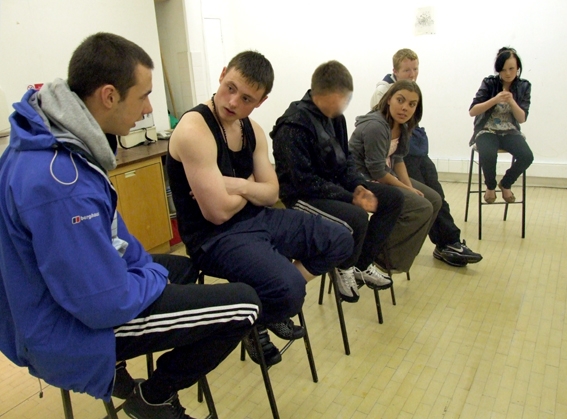
One-to-one therapeutic work with children affected by domestic abuse
With one child who was at risk of exclusion and who had difficulty trusting anyone, we spent a long time building our relationship up by playing football and basketball together in the school playground. Where classroom-based talking appeared to make him anxious and closed, the playground was where he was at his most relaxed and open. I then adapted a whole range of activities for the playground, and we communicated through physical games to explore relationships, process the past, and learn self-regulation techniques.
Stories
For over ten years, I have been delivering multisensory storytelling with children and young people with SLD, PMLD, sensory impairments and ASD, who wouldn’t normally have the chance to access books with words and pictures. Instead, the stories are communicated through voice and emotion, enabling the child to participate, explore and respond to stimuli, and to develop awareness and anticipation. As a result of this work, I have come to use sensory objects in much of the work I do with a wide range of children, not just those with SEN. They work as an alternative to language to identify, understand and express feelings.
Group work with young offenders
I worked with a group of youth offenders on a six week summer programme on the topic of ‘conflict.’ I used image and forum theatre techniques to invite the young people to explore their behaviours from other people’s perspectives, as well as different ways of responding to situations, the environment and outside pressures, ultimately showing that they have different choices leading to different outcomes.
